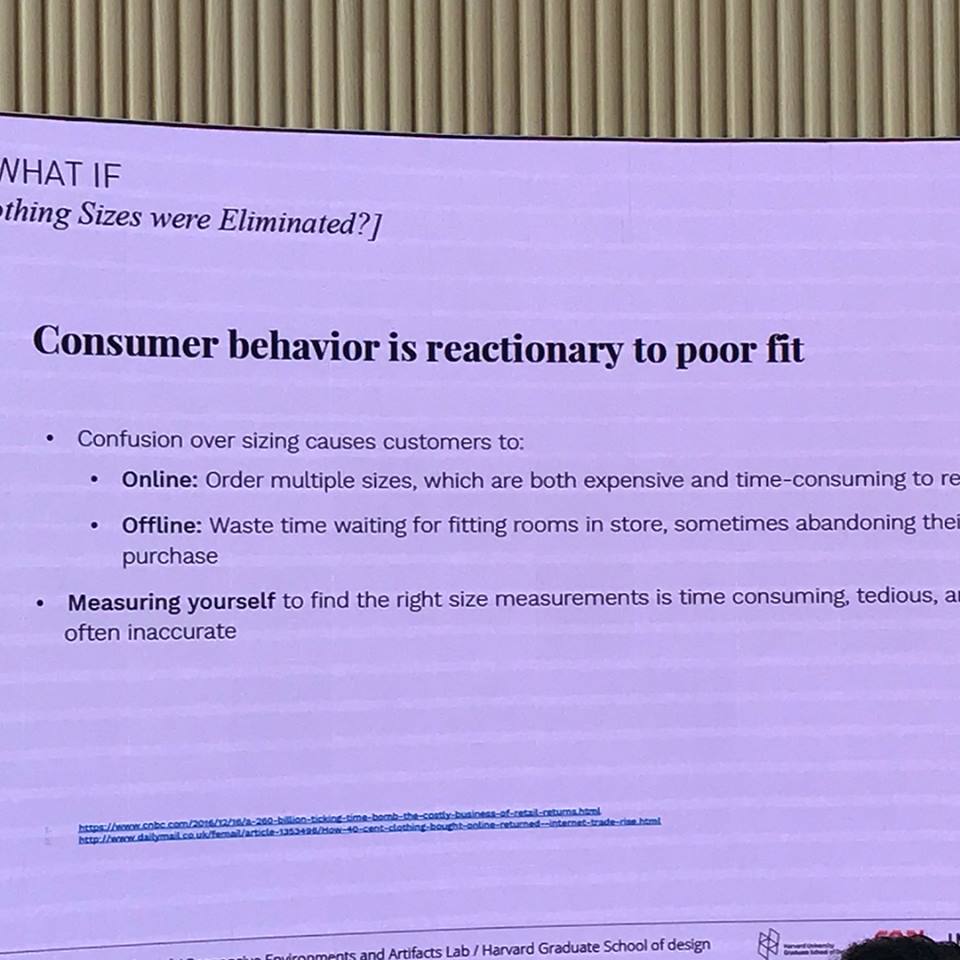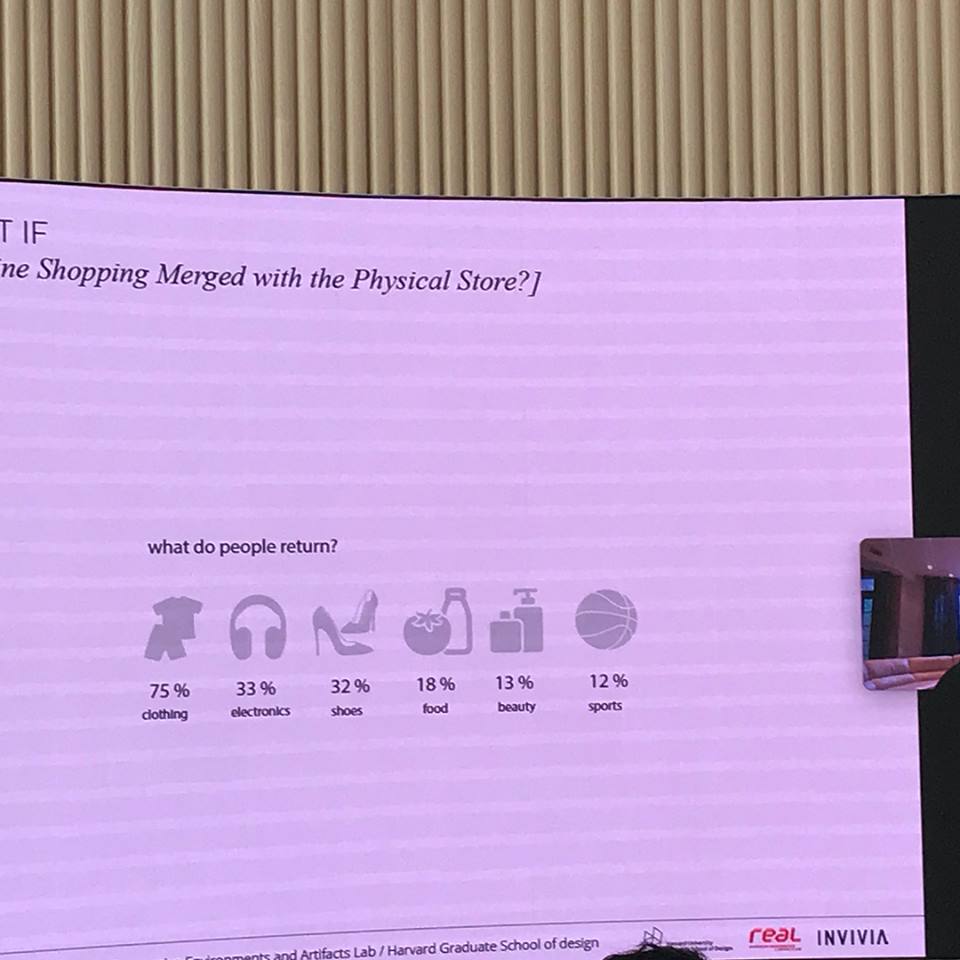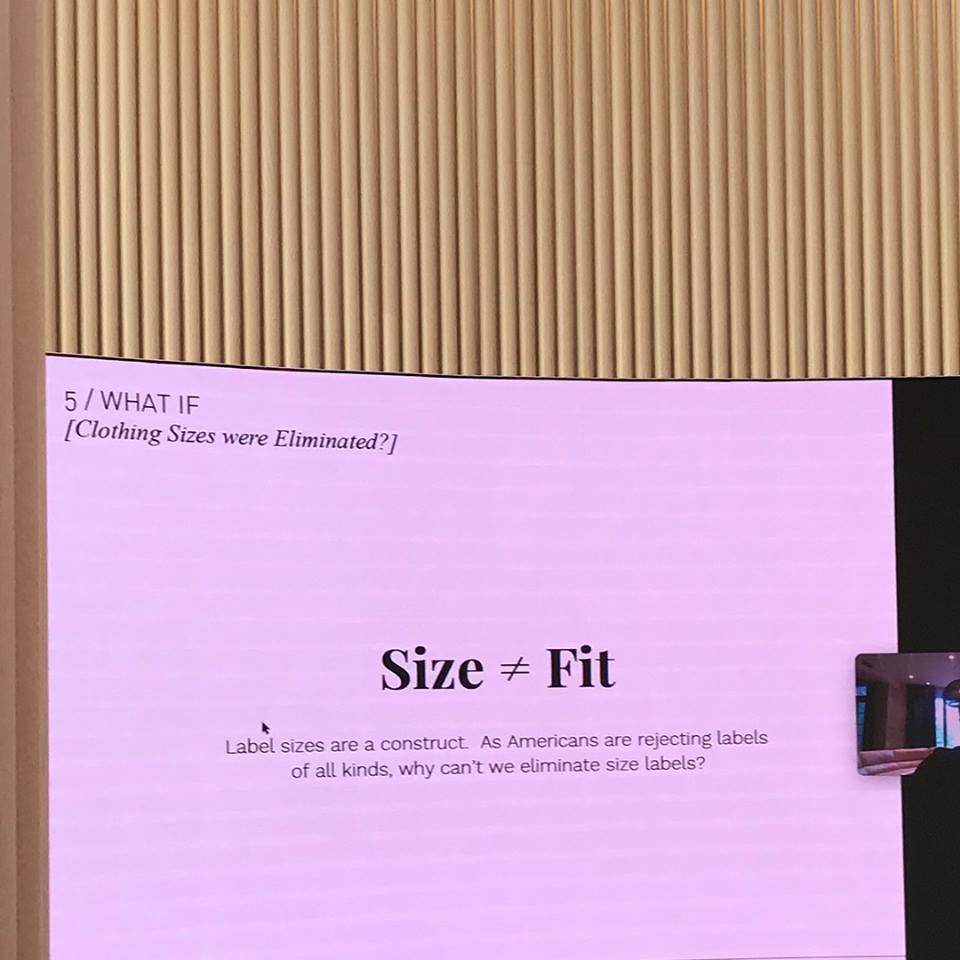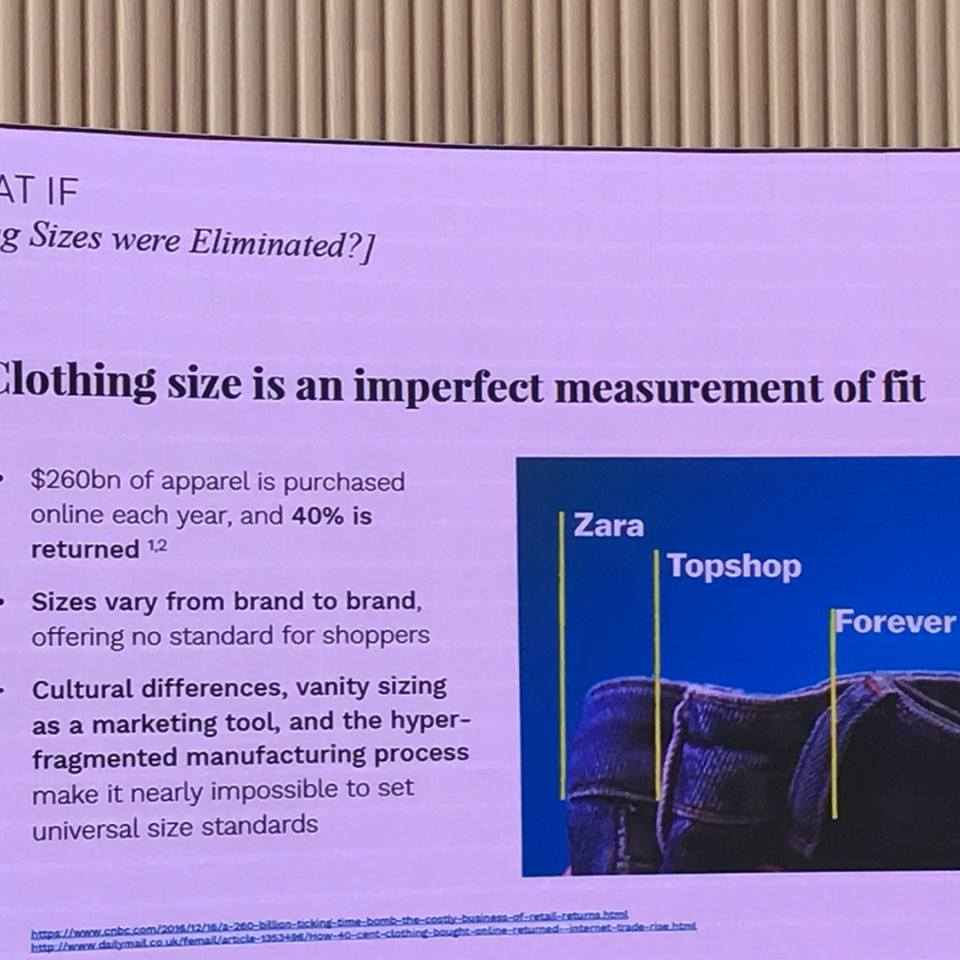29, June 2018< –Yesterday an exclusive meeting was held at the Volvo Studio Milano with Allen Sayegh and Stefano Andreaniof the Harvard University Graduate School of Design – the two main coordinators of the project Bergamo 2.035 – in the context of the Master Architecture Meets Fashion organized by Accademia E|D Editoriale Domus.
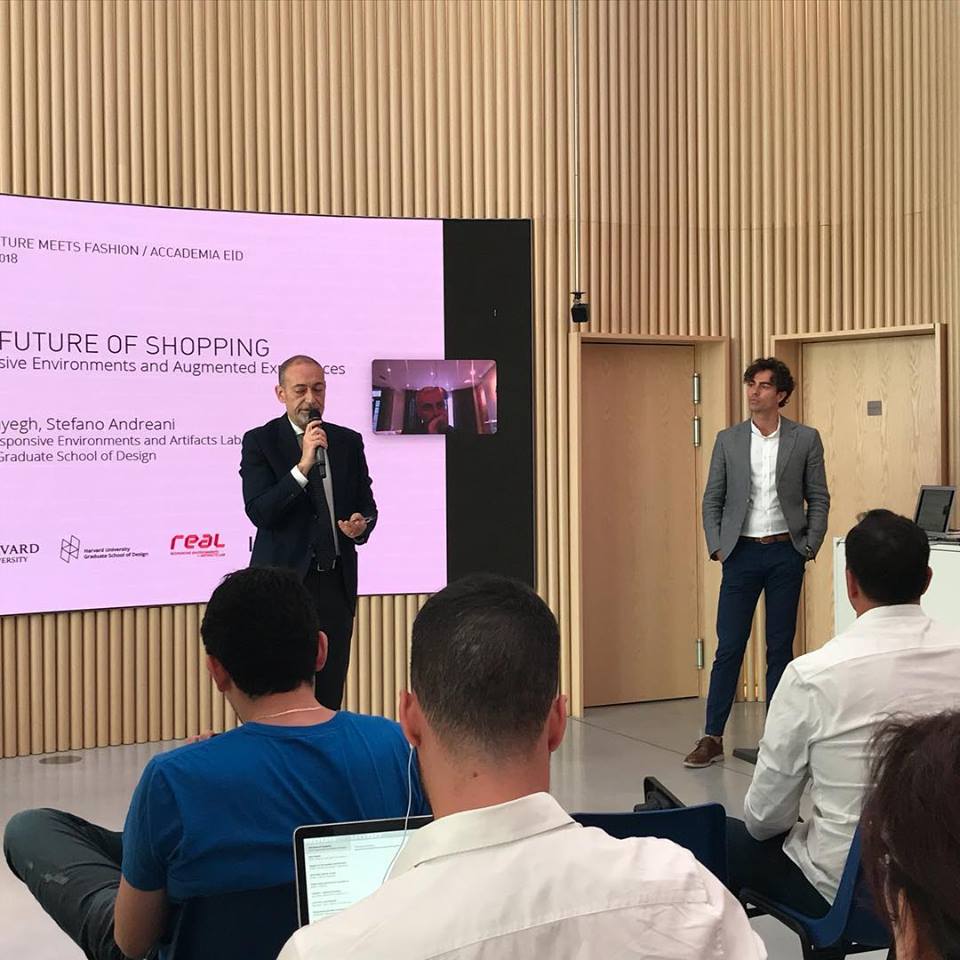
What if technology became part of your own identity?
What if the store could dynamically adapt to market and user forces?
What if clothing sizes were eliminated? What if the online shopping merged with the physical store?
These are some of the key issues faced during the meeting with Allen Sayegh and Stefano Andreani, which outline the future of shopping and the impact on retail, from 2020.
“The Future of Shopping”
The course is part of theBergamo 2.035 | REAL Cities – Smarter Citizens, a multi-tier, multi-year academic collaboration between the University of Bergamo and the Harvard Graduate School of Design with the support of Fondazione Cav. Lav. Carlo Pesenti and the Municipality of Bergamo.
This year the main research topic, titled “The Future of Shopping”, focused on the challenges related to the integration of digital technologies with physical spaces in the retail world, exploring both opportunities and repercussions in urban, commercial, and domestic contexts as well as on the experience of users in both tangible and virtual realms.
Through a comparative analysis of retail between the United States and Europe with literature reviews, case studies and field investigations, researchers and students investigated the history of retail, understand current dynamics, and—with a focus on the cities of Boston and Bergamo—ultimately proposed innovative solutions at five different scales.
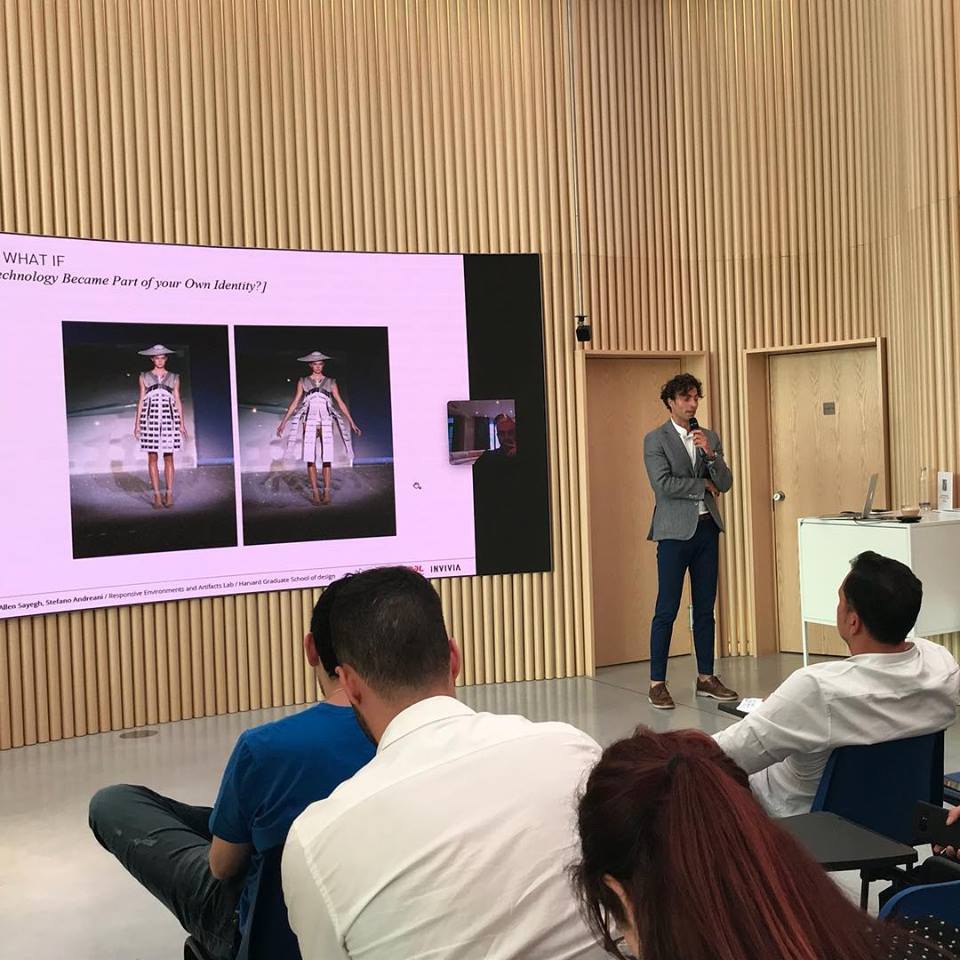

Accademia E|D Domus. The master
A distinctive educational project across the design disciplines.
Since 1990s, when fashion brands started involving world-famous architects and interior designers to turn their flagship stores into true temples of luxury, architecture has become a privileged tool for fashion brands, that need to immerse the quality of their products in an environment characterized by design.
Designers are asked to interpret the identity of a brand and to translate it into the architectural spaces of the three sectors retail & visual, manufacture environments, headquarters & foundations.
Subject theme of the first Domus program is innovation in the design process specifically connected with fashion.
By analyzing the needs of the fashion world, designers acquired spendable skills in the fashion sector, while familiarizing with a market segment characterized by style and continuous search for innovation.
The program formula combines theory and direct experience on field through the engagement of a selected group of stakeholders in the fashion, architecture and design industries.
Domus
Established in 1928, Domus brings together the world’s foremost architects, designers, artists, photographers and writers to offer professional audiences a unique, inspiring experience across all platforms, worldwide. Domus stands for innovation, inspirational thinking, design quality. Domus can play a significant role in training new young generations of designers in highly specialized, competitive segments of the profession, by creating a unique study environment that narrows the gap between the academy and the industry.
